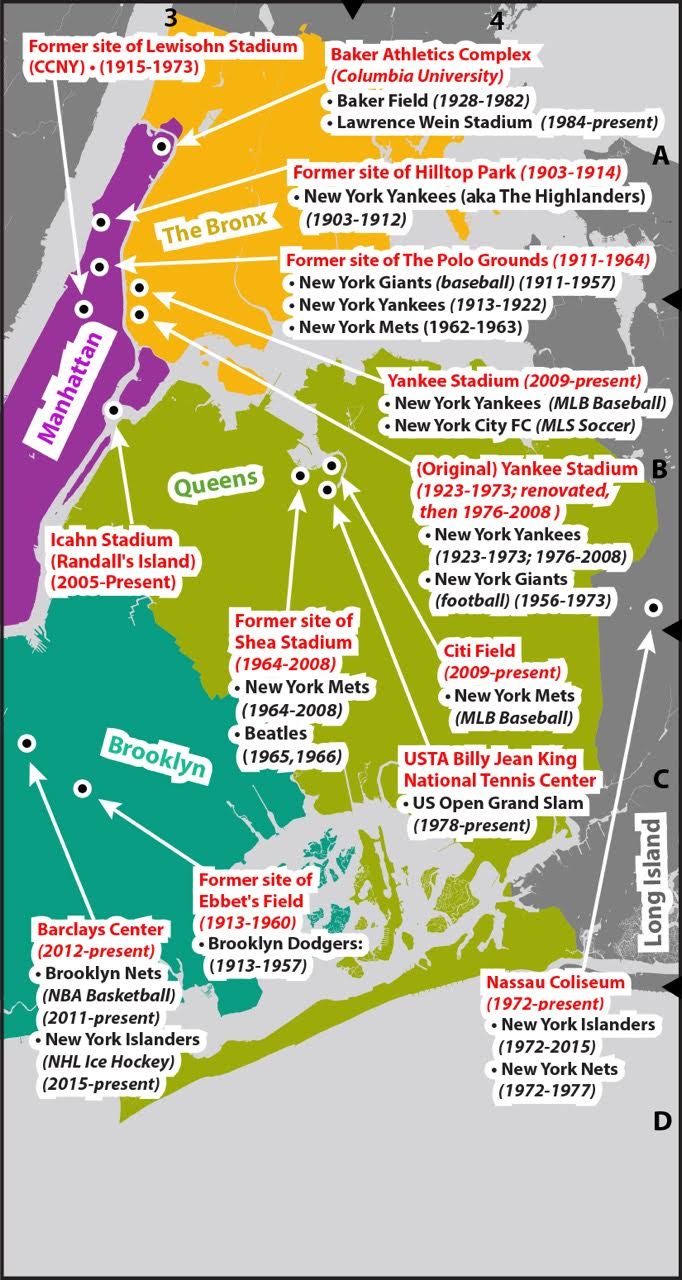Reviving City Centers: The Role Of Sports Stadiums

Table of Contents
Economic Revitalization through Sports Stadiums
The economic impact of a well-planned sports stadium extends far beyond ticket sales. These venues act as powerful engines for urban regeneration, generating substantial revenue streams and creating a ripple effect throughout the local economy. The financial benefits include:
- Increased ticket sales, concessions, and merchandise revenue: Game days themselves bring in significant income, but the ongoing revenue from concessions, merchandise sales, and premium seating options provides a consistent stream of income.
- Job creation across multiple sectors: Construction of the stadium itself generates numerous jobs, but the ongoing operation requires staff for ticket sales, security, hospitality, and maintenance. Furthermore, surrounding businesses benefit from increased foot traffic and demand, leading to further job creation in retail, restaurants, and entertainment.
- Attraction of new businesses and investment: The presence of a stadium often attracts new businesses looking to capitalize on the increased foot traffic and potential customer base. This influx of businesses leads to further investment in the surrounding area, stimulating economic growth.
- Boost in property values and tax revenue: Property values in areas surrounding successfully developed stadiums often increase significantly, leading to a higher tax base for the city and increased revenue for local governments.
Successful examples include the development around London's Olympic Stadium, which spurred significant regeneration in East London, and the impact of AT&T Stadium in Arlington, Texas, on the surrounding commercial district. These case studies highlight the significant economic impact of stadium development when implemented effectively, demonstrating how stadiums can be key drivers of urban regeneration and positive economic impact.
Enhanced Infrastructure and Urban Development
The construction and operation of a sports stadium often necessitate improvements to the surrounding infrastructure, leading to positive urban development. These improvements can include:
- Improved transportation networks: To accommodate the influx of people on game days, cities often invest in improved public transportation, including new bus routes, light rail lines, and better accessibility to existing public transit systems. Parking facilities are also often upgraded or expanded.
- Development of new public spaces: Many stadium projects include the creation of new parks, plazas, and green spaces in the surrounding area, improving the quality of life for residents and enhancing the aesthetic appeal of the city center.
- Upgrades to existing utilities and infrastructure: Stadium construction frequently requires upgrades to existing water, sewer, and electricity infrastructure, benefitting not just the stadium but also the wider community.
- Increased accessibility for residents and visitors: Improved infrastructure often leads to better accessibility for people with disabilities and improved pedestrian walkways and bike lanes.
These infrastructural improvements create a more attractive and functional urban environment, contributing significantly to the revitalization of the city center. Careful urban planning and consideration of existing infrastructure are key to maximizing the positive urban development impact of stadium construction.
Social Impact and Community Engagement
Beyond the economic benefits, sports stadiums can also play a crucial role in fostering community engagement and social cohesion. They can act as vibrant community hubs, providing:
- Creation of community events and programs: Many stadiums host events beyond sporting matches, such as concerts, festivals, and community gatherings, creating opportunities for social interaction and fostering a sense of community.
- Improved public safety and security: Increased police presence and improved lighting in areas surrounding stadiums often lead to improved public safety and security for residents.
- Increased community pride and social cohesion: The presence of a successful sports team and stadium can generate a strong sense of community pride and identity, bringing people together.
- Opportunities for volunteering and community involvement: Stadiums often provide opportunities for community members to volunteer, contributing to a sense of civic engagement and social responsibility.
Addressing Potential Drawbacks
While the benefits of sports stadiums are significant, it’s crucial to acknowledge potential drawbacks and address them proactively. These include:
- Traffic congestion: Game days can lead to significant traffic congestion if not properly managed. Mitigation strategies, such as improved public transport options and strategic traffic management plans, are vital.
- Displacement of residents: Stadium construction can sometimes lead to the displacement of residents due to rising property values and gentrification. Careful urban planning, community consultation, and measures to protect existing residents are crucial.
- Environmental concerns: The construction and operation of a stadium can have environmental impacts. Sustainable building practices, such as the use of renewable energy and minimizing waste, are important to mitigate these concerns.
Addressing these potential negative aspects through careful planning, community consultation, and transparent processes is vital to ensure that stadium development contributes positively to the overall wellbeing of the community.
Conclusion
Sports stadiums, when thoughtfully planned and integrated into urban development strategies, can be powerful catalysts for reviving city centers. They offer significant economic benefits, improve infrastructure, and foster community engagement. However, it's crucial to reiterate the importance of addressing potential negative impacts like gentrification and traffic congestion through careful planning and extensive community involvement. To learn more about the transformative potential of sports stadiums in urban revitalization and how to effectively plan for their positive impact, explore further resources on city planning and sustainable development. Let's work together to strategically use sports stadiums to help revive city centers across the globe!

Featured Posts
-
 Tufts Student Rumeysa Ozturk Freed From Ice Detention Judges Ruling
May 11, 2025
Tufts Student Rumeysa Ozturk Freed From Ice Detention Judges Ruling
May 11, 2025 -
 Seattle Businesses Accept Canadian Dollars A Sports Fans Guide
May 11, 2025
Seattle Businesses Accept Canadian Dollars A Sports Fans Guide
May 11, 2025 -
 Lily Collins In Calvin Klein A Look At The New Campaign
May 11, 2025
Lily Collins In Calvin Klein A Look At The New Campaign
May 11, 2025 -
 Automated Visual Inspection Of Lyophilized Vials Challenges And Solutions
May 11, 2025
Automated Visual Inspection Of Lyophilized Vials Challenges And Solutions
May 11, 2025 -
 A Blowout Win Celtics Claim Division Championship
May 11, 2025
A Blowout Win Celtics Claim Division Championship
May 11, 2025
